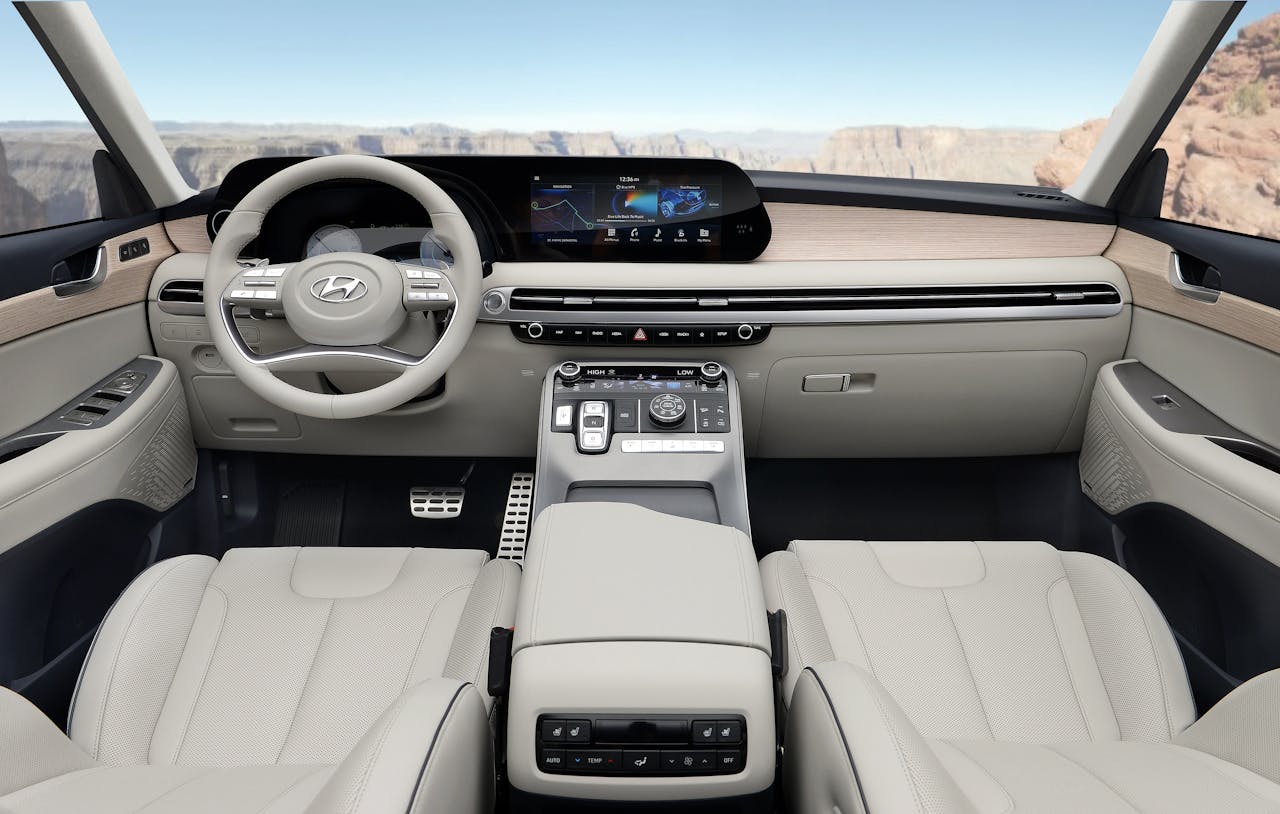A Look at the Latest Luxury Car Tech
Smart technology leading the way

Photo by Hyundai Motor Group : https://www.pexels.com/photo/interior-of-hyundai-palisade-13177958/
A generation ago, those who could afford a high-end motor vehicle wowed their families and friends with gadgets like heated seats, cruise control and CD multi changers. Today, features like these either come as standard even on base models or have become obsolete. Evolving technology has an impact on every aspect of our lives, and that includes the 101 minutes per day that the average American spends behind the wheel of the car.
Smart technology leading the way
Today, our phones are smart, our homes are smart and out TVs are smart. We shouldn't be surprised, therefore that when you look through the top rated luxury cars on the US market, they also boast all sorts of smart technology. Intelligent systems can be used to improve driver comfort, keep occupants safe and optimize vehicle performance and fuel economy.
USB or Bluetooth connectivity allows the car to link with your smartphone. Effectively, this means everything on your phone can be mirrored on the car screen. As well as giving you access to all your favorite music on the go, it makes navigation far easier, as you can plan your route on your phone before setting off.
Smart systems also monitor your driving habits and preferences, automatically setting the seat, mirrors and climate control. They can even adjust engine settings in line with your driving style to minimize emissions and improve fuel efficiency.
Perhaps the most profound aspects of smart tech surrounds driver safety. Lane departure warnings are just the first step on the path towards fully automated vehicles that will ultimately remove the risk of human error from our roads and will completely transform driving.
Ultimate personalization with biometrics
Keyless entry and starting systems are rapidly becoming the standard in new cars and trucks. But some of the luxury carmakers are taking it to the next level in their premium vehicles by adding biometric security to the mix.
Fingerprint recognition is the most common type of biometric identification, and has been a security feature on smartphones and laptops for the past 10 years. Hyundai was the first car manufacturer to introduce the technology in its range-topping Santa Fe SUV. The driver uses a fingerprint reader both to unlock the car and to start the engine.
Mercedes uses fingerprint sensors for specific user settings such as the seat position and ambient lighting, while Bentley uses biometric sensors to secure the storage area between the seats in its Bentayga SUV.
Perhaps the most exciting use of biometrics, though, is implemented by Tesla. This is the first manufacturer to explore facial recognition to access the vehicle. Tesla uses the same technology to allow the car to literally watch the driver and take action in case he or she loses consciousness while driving.
Ultimate luxury in the ultimate vehicles
All the above are examples of luxury vehicles showcasing pioneering technology. Just like those heated seats and surround sound systems, these are features that we will take for granted in 10 to 20 years' time.
But the manufacturers whose cars command the very highest price tags like to include features that really push the boat out. Perhaps the best example of this is Rolls Royce. The 1965 Phantom was the first to feature a refrigerator and drinks cabinet, while the same year, the company launched its new Silver Shadow, which had built-in umbrellas in the doors.
Today's latest Rolls Royce cars have all this and more. The Ghost features the same monogrammed umbrellas that have been around for almost 60 years, but now, the storage area features a smart drainage system that ensures the umbrella is dry next time you use it. The Cullinan has an in-seat champagne chiller complete with glasses. But for the ultimate luxury feature, you'll need the range-topping Phantom. This features a starlight headliner. The leather headlining is painstakingly perforated to accurately show the celestial constellation of your choice, using as many as 1,600 fiber optic lights set at subtly different angles.
